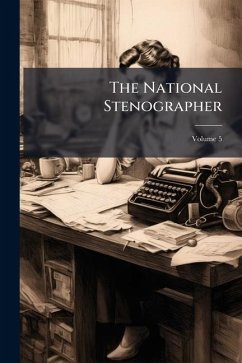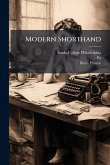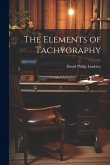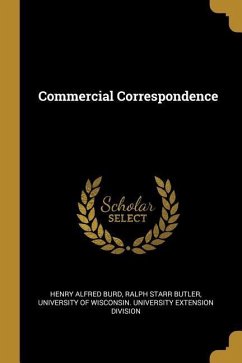The National Stenographer, Volume 5 offers a fascinating glimpse into the world of late nineteenth-century stenography. This volume provides instruction and insights into the art of shorthand, a crucial skill for business professionals and secretaries of the era. Readers will discover detailed explanations of stenographic techniques, practical exercises, and discussions on the latest advancements in shorthand systems. This historical text provides valuable context for understanding the evolution of business communication and the role of stenographers in shaping the modern office. For anyone interested in the history of writing, business practices, or secretarial science, "The National Stenographer" offers a unique and informative resource. Preserving the original language and style, this edition ensures that readers can experience the text as it was originally intended, capturing the nuances and conventions of the period. This work has been selected by scholars as being culturally important, and is part of the knowledge base of civilization as we know it. This work was reproduced from the original artifact, and remains as true to the original work as possible. Therefore, you will see the original copyright references, library stamps (as most of these works have been housed in our most important libraries around the world), and other notations in the work. This work is in the public domain in the United States of America, and possibly other nations. Within the United States, you may freely copy and distribute this work, as no entity (individual or corporate) has a copyright on the body of the work. As a reproduction of a historical artifact, this work may contain missing or blurred pages, poor pictures, errant marks, etc. Scholars believe, and we concur, that this work is important enough to be preserved, reproduced, and made generally available to the public. We appreciate your support of the preservation process, and thank you for being an important part of keeping this knowledge alive and relevant.
Bitte wählen Sie Ihr Anliegen aus.
Rechnungen
Retourenschein anfordern
Bestellstatus
Storno








